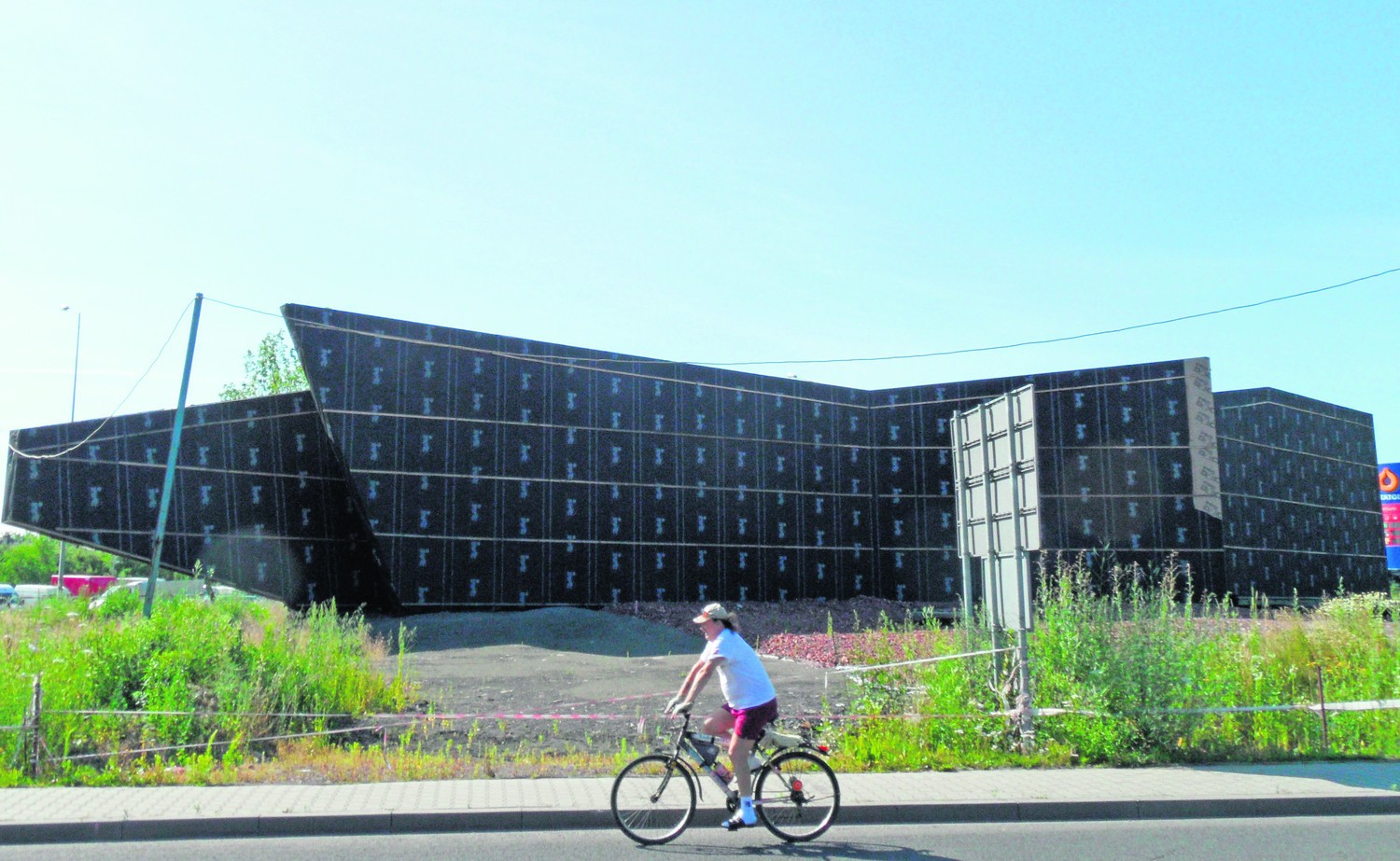Nie szukałbym logiki w państwie, gdzie zzabieranie pieniędzy na rzeczy, które nie chcesz płacić jest w porzadku a niepłaczenie haraczu czyni z ciebie przestępcę, ale ty zamieniasz 2 zł na bilet-kupon o wartości 2 zł. Nikt ci nie gwarantuje za to przejazdu to jest jak wymiana waluty czy kupon o wartości 10 zł do wydania w jakimś sklepie po czym wszystko tam podrożało.
W bilet taki kupon zmienia się dopiero po skasowaniu.
W bilet taki kupon zmienia się dopiero po skasowaniu.




